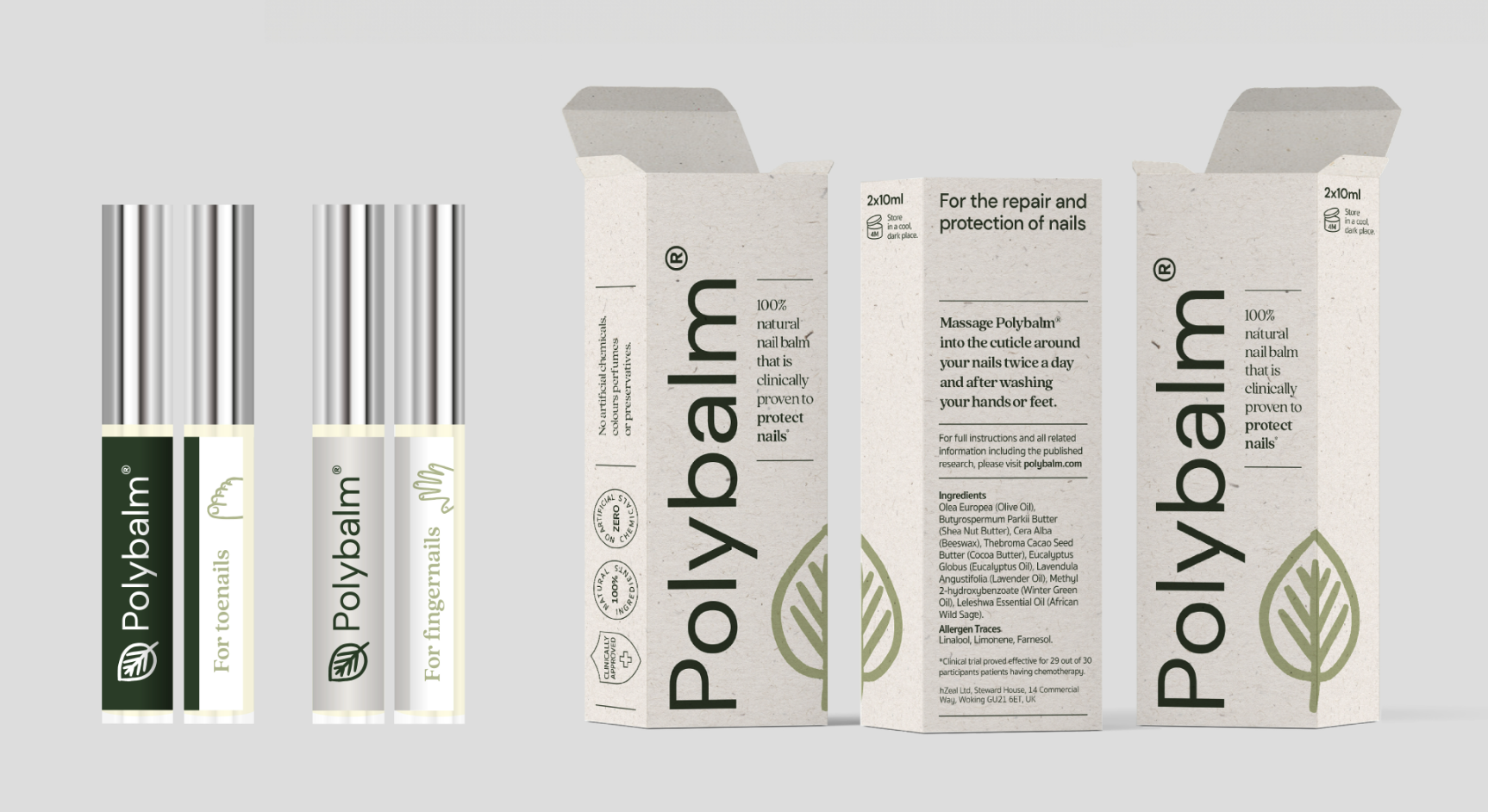
Exercise and Cancer: Look Out for Lymphoedema and Prevent It | Guest Blog
28 February 2021 — robin-p
Research shows that regular and appropriate physical exercise leads to numerous health benefits. Specifically for people who have a cancer diagnosis, exercising:
- reduces the side effects of cancer treatment;
- makes you feel less tired;
- strengthens your immune system;
- reduces pain;
- makes you sleep and feel better; and
- prevents future cancers and other conditions that make it easier for cancer to arise.
So there is no question that exercising is beneficial. However, some cancer treatment and surgery puts you at risk of lymphoedema, which can be exacerbated by inappropriate exercise practices. We speak to Laura Porro, Managing Director and Pilates Teacher from Equilibrium Studio to find out more.
“Lymphoedema is swelling produced by an accumulation of lymph fluid in tissues. The lymphatic system, with its vessels and nodes, drains fluids from tissue cells, with proteins, bacteria and other waste products. This fluid (lymph) travels to the heart where it is cleansed before recirculating.
Radiation and surgery involving the lymph nodes (e.g. a lymph node dissection) damage the lymphatic system. As a result, lymph does not travel and the accumulated fluid causes swelling. This increases your risk of lymphedema, regardless of how long ago you had radiation or surgery. The risk of lymphedema affects the part of the body that received radiation or where the lymph nodes were removed. For instance, if you had an axillary sentinel lymph node biopsy, this puts you at risk of lymphoedema in the upper body, but not in the lower body.
The accumulation of fluid can occur as a result of a cut, bite, burn or physical effort (including exercise).
What does this mean to you?
The risk of lymphoedema should not stop you from enjoying your life and hobbies. It just means that you should take a few precautions to minimise your risk. When it comes to fitness, as we said above, the benefits of exercising regularly are great at every step of your cancer journey, and the good news is that there are simple things you can do to make your physical activities as safe as possible.
The first step is asking your doctors and care team what they think and to confirm which parts of your body are at risk. They might have specific recommendations for your circumstances, for instance wearing a compression sleeve when you exercise.
The second step is to choose a fitness professional who has a specialist qualification in cancer exercise. The qualification means they deeply understand the illness, treatments, side effects and will develop a programme tailored to you. They also know about lymphoedema and will therefore design a safe programme for you.
The main technique to make fitness safe if you are at risk of lymphedema is to perform lymphatic drainage exercises when you work out. These are exercises that minimise your risk of developing lymphoedema, because they stimulate the circulation of lymph in the body. A fitness routine usually starts with a warm up and it is ideal to do the lymphatic drainage after this, before you carry on with the rest of the exercise session. At the bottom of this article, you find the link to three videos, which demonstrate lymphatic drainage exercises. Please note that these exercises may not be appropriate / best for your specific circumstances, so it is always best to check with your specialist fitness professional first.
Another key way to manage the risk of lymphedema is to increase the intensity of your workouts gradually. This is particularly important if you would like to build towards a goal (e.g. running 10k or lifting a certain weight) after the cancer treatment has knocked you down. The best way to progress is to take it in steps: a specialist fitness professional will include this is into your programme. The idea is to test how your body responds to physical effort, building your resilience: if you do not develop symptoms of lymphedema, you can increase the intensity next time, and so on. Make the changes small, so if you start developing symptoms of lymphoedema, you can go back to the previous level you knew was safe and restart from there.”
If you have any questions about lymphoedema or more in general about cancer exercise programmes, please contact the specialist team at Equilibrium Studio by emailing info@equilibrium-studio.co.uk
Lymphatic drainage for the upper body: demonstration
Lymphatic drainage for the lower body: demonstration
Latest Articles
See all Articles
11 August 2025 — Jessica Bailey
Nail Damage During Cancer Treatment: Why It Happens and What You Can Do | Guest Blog by Polybalm®This week’s guest blog takes a look at why nail damage can happen during cancer treatment, what it can feel like, why nails are more important than we might realise, and what you can do to help improve your nail health. This article was put together by Jonathan Slobom at Polybalm® – a natural nail […]

01 August 2025 — Jessica Bailey
Bridging the Gap: Supporting Veterans in County Durham and Darlington with Cancer Information and Support | Guest BlogIn this guest blog post, we hear from the County Durham and Darlington Veterans’ Project as they share how they are supporting veterans with cancer information and support, while working to remove the barriers veterans often face when accessing health and wellbeing services. “In County Durham and Darlington, the percentage of people who have […]
